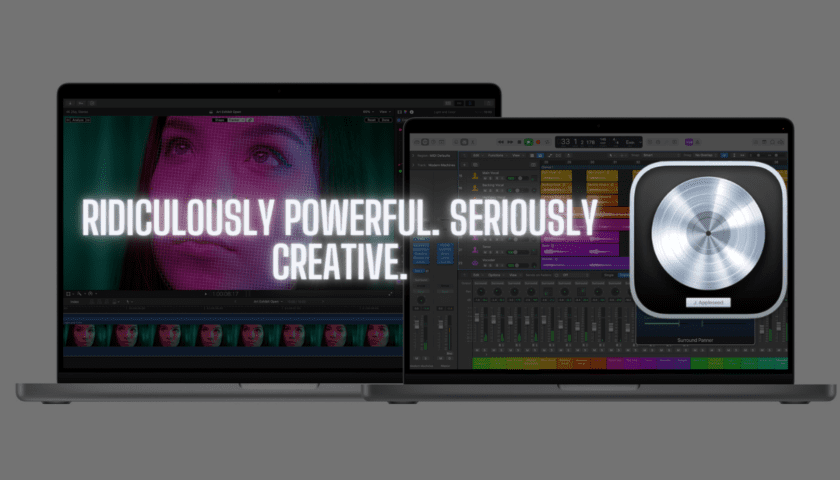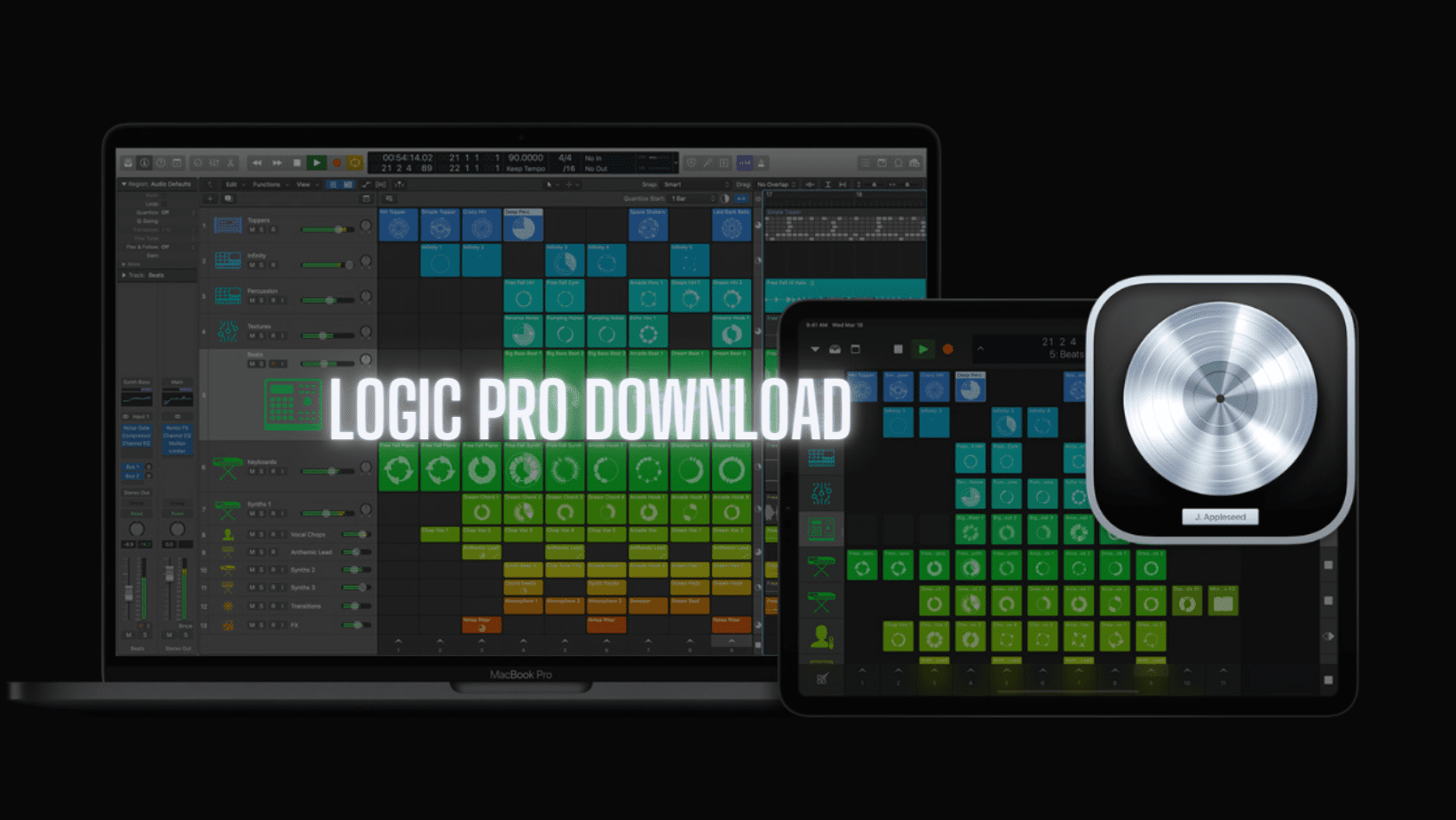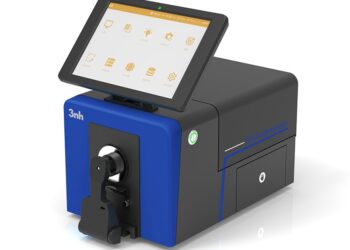Logic Pro is a digital audio workstation and MIDI sequencer software. It was developed by German software developer C-Lab, later known as Emagic. In 2002, Apple acquired Emagic and renamed Logic Logic Pro. This article explores Logic Pro’s top features. It’s a powerful digital audio sequencer that makes creating music a breeze. You’ll be amazed by its innovative software instruments, comprehensive automation system, and unified global track display.
Logic Pro’s MIDI sequencer
Logic Pro’s MIDI sequences can be generated by the Note Row or the Automation Row. Note rows generate MIDI note events for each active step, and are grouped by pitch. Editing these events is possible using Note or Octave modes. Automation rows, on the other hand, generate stepped automation events for any automatable parameter. These events can be assigned to MIDI continuous controller parameters, channel strip controls, plug-in parameters, and Smart Controls. Each row has its start offset, length, and step rate. Patterns are from 12 to 64 steps long, with multiple bar patterns. Download Now!
The Step Sequencer is a useful feature when you need to create complex musical arrangements. This tool allows you to automate anything controlled by a MIDI controller. You can play notes and patterns using the Step Sequencer, or record your performance on a track. In addition to this, you can record audio directly into the Step Sequencer. In addition, several AU instruments can be connected to the Step Sequencer.
The MIDI sequencer is the keystone of Logic Pro’s
Music creation and can be used with hardware instruments as well. It has all the standard sequencer controls, including the piano roll and the root note feature. A unique feature of the MIDI sequencer is the Rhythm Tap functionality, which allows you to generate MIDI using physical tapping. You can map specific keys and notes to this control and use randomization to create MIDI sequences that suit your style and play style.
While the MIDI sequencer in Logic Pro was a big step forward, some of its major limitations have caused it to become outdated and unusable. The latest versions of Logic Pro’s MIDI sequencer have added significant features that make it more capable of mixing music. MIDI sequencing and recording are now faster and more intuitive than ever. In addition, it supports more computers and operating systems than ever before.
It’s not always easy to find time for car maintenance and repairs, but the good news is that you don’t need to worry about it with a power waxer! In this article, we’ll show you what a power waxer can do for your car and how to use one.
Its comprehensive automation system
Logic Pro offers a comprehensive automation system combining MIDI, hardware, and software. You can assign actions to MIDI devices and automate multiple tasks in a single project. There are two main types of automation: Latch mode and write mode. Latch mode records automation data as it plays in Logic, while Write mode wipes existing data. Apple states that write mode is rarely used. Both modes have their benefits.
Logic Pro’s audio interface supports OS X Core Audio, so you can use a microphone to record a performance. Audio output quality in Logic Pro is on par with that of professional studios. The comprehensive automation system allows you to record, edit, and mix audio in stereo and binaural mode, and dozens of built-in effects plug-ins are available for use. The audio output can be synchronized with other tracks through a computer’s mixer or to a recording device.
A region-based Audiosuite system is a long-awaited feature in Logic
The ability to embed automation in regions was previously hidden and underused by many users. Apple has recognized that automation is no longer just a mixing tool; modern productions like EDM are using it in creative ways. And the new Track-Based Automation system also allows for high-resolution fades. These improvements make Logic Pro the perfect choice for EDM productions.
Logic users could add custom icons to track headers for years. Previously, adding custom icons meant creating a TIFF file in the appropriate size, allocating an unused file number, and then dragging it onto the region to add it. With a few simple steps, users can now add a drum loop in Logic, too. Live Looper also supports Audio Unit (AU) plug-ins.
Its innovative software instruments
Logic Pro’s revolutionary software instruments offer a wide range of editing tools for creating and mixing music. From Flex Time to Flex Pitch, Logic has all of the necessary tools for a professional-quality recording. This innovative software can help you edit MIDI files without using third-party plugins. Logic also includes tools for pitch and tempo correction. This can come in handy if you’re mixing music for a live performance or a commercial project.
Logic Pro’s marketplace is filled with new gear from around the world and includes noteworthy discounts, free creative tools, and more. You can even get a free trial of Logic Pro and try out all of its innovative software instruments. It’s worth noting that Logic Pro’s marketplace is constantly updated with the latest releases. While some users may prefer to pay for their instruments, many others don’t. This ensures that Logic Pro stays on top of industry trends and provides a rich and varied set of new products.
Updates
Logic Pro X comes with an updated look that preserves the professional features of previous versions. The intuitive interface gives access to advanced tools while allowing musicians to focus on their creativity. Flex Pitch fixes out-of-tune vocals and changes the melodic line of recorded audio. Track Stacks can collapse multiple tracks into one, giving you the option of building rich layered instruments. And thanks to Smart Controls, you can control multiple plug-ins with a single move. With so many options, you can make your recordings sound great!
Logic Pro has an intuitive editing window and an extensive library of sound-making software instruments. Its keyboard-based software instruments can be played with a computer’s keyboard. Its full-featured DAW may seem intimidating at first, but its tools are laid out neatly in the editing timeline and are easy to use. In this way, Logic makes music creation easier for anyone who wants to learn how to use a DAW.

Its unified global track display
Logic Pro has an excellent tool for managing your audio tracks. The global tracks appear as a series of tracks below the Time Based Editor rulers. These tracks include the tempo track, arrangement track, and markers. Tempo track markers can be moved or edited to reorganize the project. The tempo track contains the current tempo of the project. This track can be helpful when you are editing a recording to match the correct tempo of the final product.
Using the Key Command G, you can toggle between the Marker Track and the Global Tracks. The special Global Tracks Button shows the status of the Marker Track. The global Track Button indicates whether the Global Track is Single or Multiple. The arrow in the middle of the Global Tracks button indicates whether it is a Marker Track. By default, the Global Track Header is visible on all tracks.
Logic 7 introduced the unified global track display, which made it easier to adjust tempo, key signature, and time signature. The ability to import GarageBand projects from GarageBand made this application no longer seem like a toy. In addition, the new Sculpture and Ultrabeat effects were introduced in Logic. The result was a smoother workflow for both novices and professionals. However, Logic 7 also made the template picker window completely functional when opened.
Its support for Dolby Atmos
Atmos is a surround sound technology that adds a third variable to the mix, height. It was created specifically for cinemas and is now available in a wide variety of consumer products, including TVs, soundbars, and game consoles. In a home theater system, you can have up to 64 speakers, depending on the model. To make the most out of your home theater system, consider upgrading to a model with Atmos support.
Currently, Dolby Atmos is supported on all Android TV and Google TV devices that use the latest version of the Android operating system. It does require content to be mastered in Atmos for it to work, but the technology is already widely available in many popular streaming services. While smartphone speakers aren’t as effective, software implementations of the tech have allowed it to work just as well as a dedicated surround sound system.
HDMI is a prerequisite for Dolby Atmos
Dolby Atmos content can be received via Blu-ray discs, streaming boxes, or even the built-in app on a TV. But the device should support HDMI ARC to send the Dolby Atmos audio signal to a TV or soundbar. ATVs that support this format have the best chance of supporting the feature. Its support for Dolby Atmos isn’t a given for all models, so you should check the compatibility of your model with the service before buying.
The AV receiver that supports Dolby Atmos also allows you to mix surround sound signals so that they can be output to all speakers. The result should be a more realistic experience for a movie-going audience, especially if the actors are wearing goggles. Moreover, a Dolby Atmos system should allow you to hear moving sounds, such as rain falling from above, bullets ricocheting and whizzing cars.












Discussion about this post